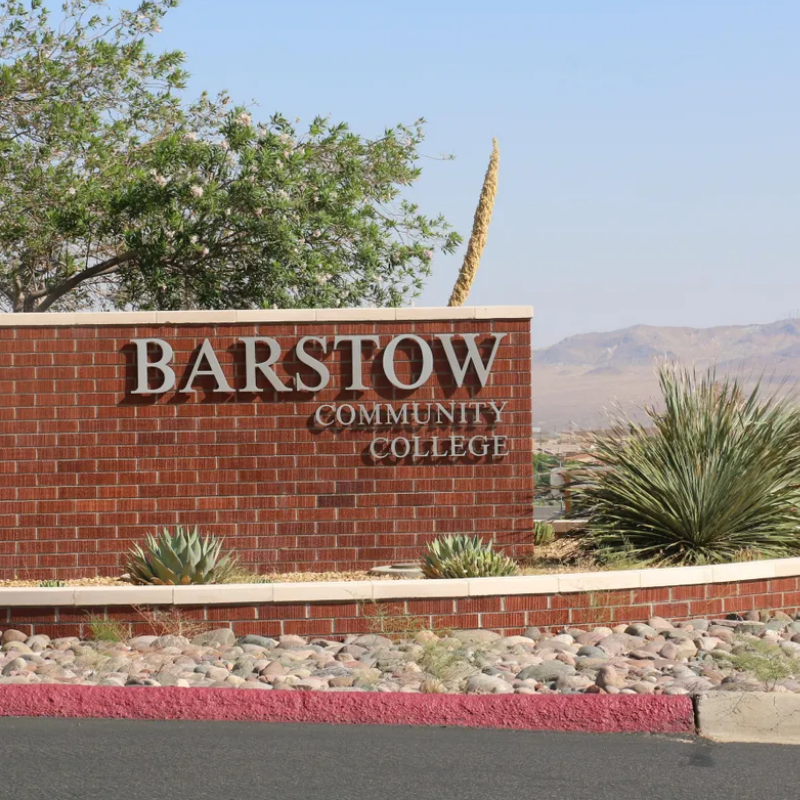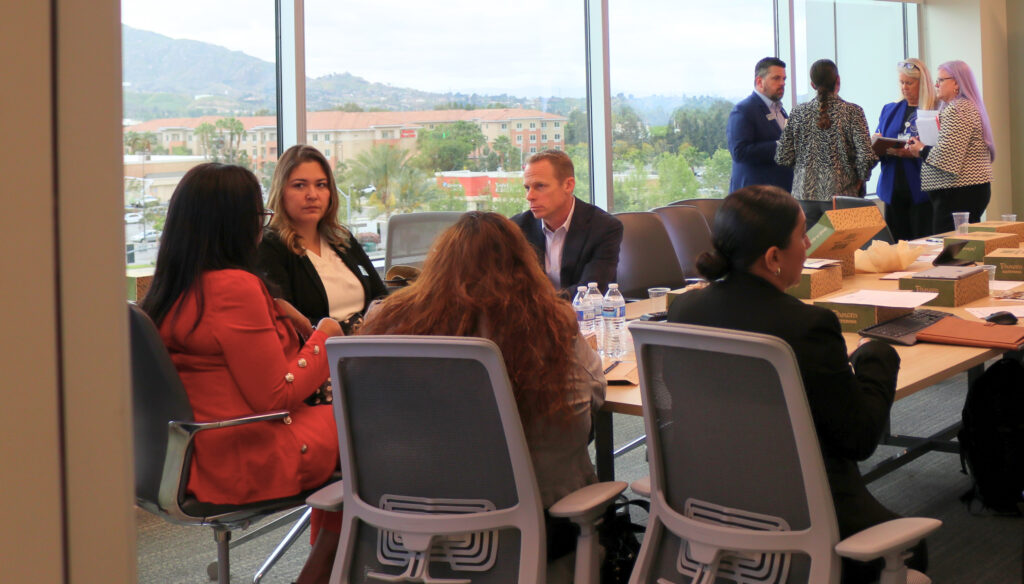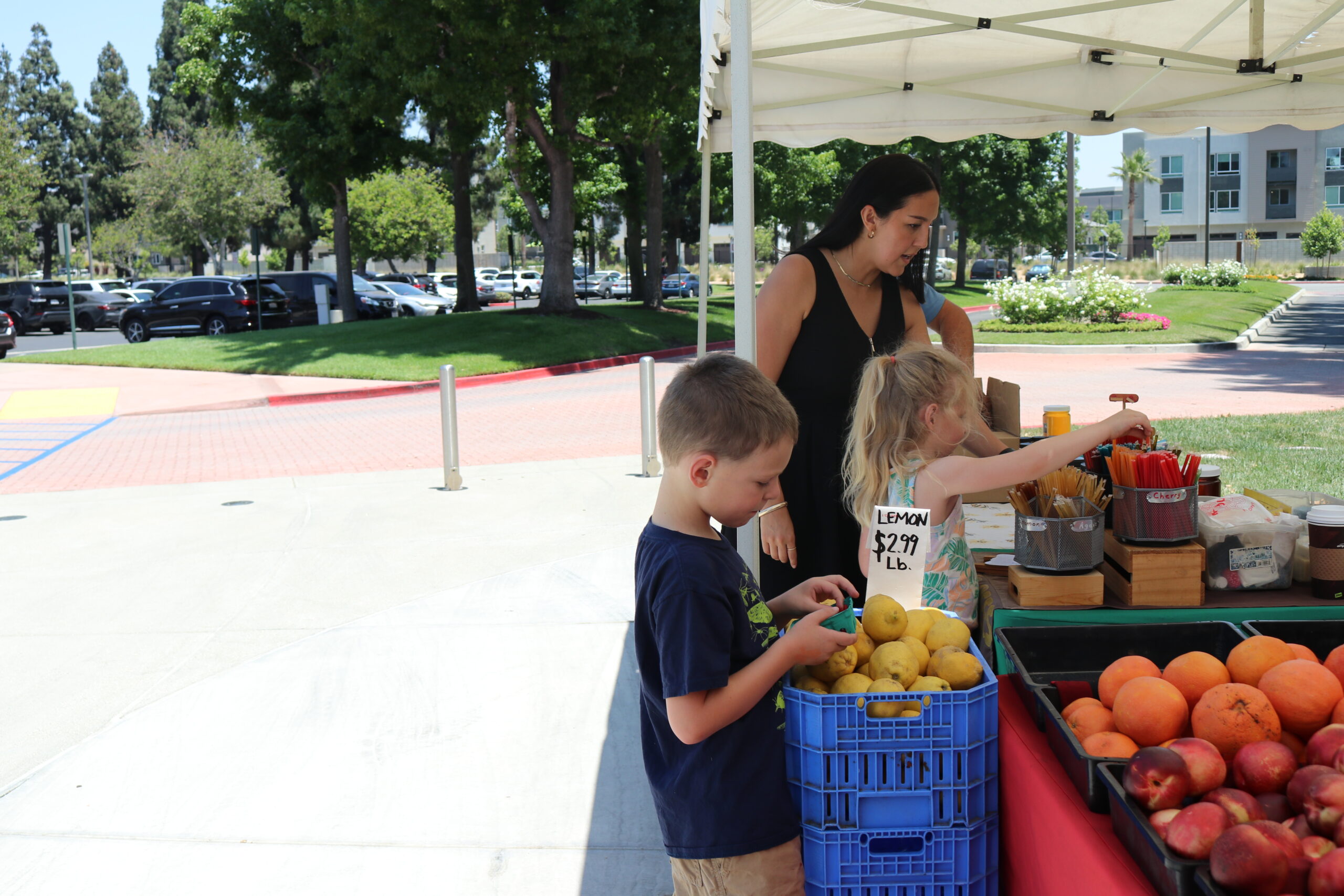Our environment plays a crucial role in shaping our health and well-being. Research shows that a person’s ZIP code can significantly impact their overall health, sometimes even more than genetics.
Living a healthy life is profoundly influenced by community resources, such as access to nutritious food, affordable and safe housing, quality job opportunities, clean air and safe public spaces for recreation and social connection.
While many neighborhoods in the Inland Empire face challenges, including high rates of chronic conditions like diabetes and hypertension, these issues are compounded by significant health disparities. The Healthy Places Index, or HPI, which measures health factors across the state, highlights this further, with San Bernardino County ranking in the bottom 25th percentile and Riverside County in the 41st. However, local initiatives are blossoming across the region, focusing on enhancing outcomes through collaborative, place-based efforts.
IEHP Foundation is investing in such initiatives, including the Blue Zones Project in Riverside County and Vibrant Villages in San Bernardino County. Both aim to collaborate with residents, community leaders and nonprofit organizations to create healthier, happier neighborhoods.
Recently, IEHP Foundation partnered with Barstow Community College to launch Vibrant Villages in Barstow, backed by a three-year investment of over $600,000. This effort will focus on enhancing health and wellness in Barstow by working closely with community members to identify health priorities and develop strategies to improve wellness.
Vibrant Villages is a community-driven health improvement initiative established by IEHP Foundation to improve the health of communities. The idea is to develop sustainable strategies that improve conditions that encourage healthy behaviors while reducing unhealthy behaviors.

To prepare, IEHP Foundation conducted a study exploring possible locations in 2024 in collaboration with the Inland Empire Health Plan, San Bernardino County Department of Public Health and SAC Health. As a result of socioeconomic, social and environmental factors and input from community members, Barstow and San Bernardino were selected as the pilot locations.
Although Barstow and San Bernardino are vastly different in population, demographics, and geography — Barstow being more rural and San Bernardino denser in population — there are notable similarities in their health data.
Data-driven collective impact
According to the data, 22.5% of Barstow residents live below the poverty line (American Community Survey, 2018-2022), 11.8% of households don’t have access to a vehicle (American Community Survey, 2018-2022), 39.8% of adults are obese (CDC Places 2021), 34.8% of adults have high blood pressure (CDC Places 2021), and 14.4% of adults have diabetes (CDC Places 2021).
In the city of San Bernardino, residents have high rates of chronic illness, including 14% of adults having diabetes and 39% of adults suffering from obesity (CDC Places 2021). Despite the health disparities and systemic obstacles, many residents and leaders in both cities share a strong sense of hometown pride and a desire to come together to create a better future for health.
While the initiatives are still in the early stages of development and implementation, each community will include a steering committee of residents and stakeholders to help shape the goals and strategies for their neighborhood. Beginning with data and community input on current challenges, root causes and core needs that contribute to disparities will be at the center of the planning process.

Each community will establish priorities for their respective project, such as improving access to nutritious food and opportunities for physical activity, strengthening mental health care, expanding access to safe and affordable housing and supporting economic opportunities through education and job training.
Advancing vibrant health, one community at a time
Although each Vibrant Villages project aims to reduce poor health outcomes and improve chronic conditions, implementation will look different based on the needs of each community.
In Barstow, through community listening sessions, the college was consistently mentioned as a trusted partner to help lead the effort.
“At Barstow Community College, we know that success in college is more than just maintaining good grades. Our students and our families have many needs, and we are committed to offering support beyond the classroom, including access to healthy foods, mental and behavioral health services, and overall wellness,” said Eva Bagg, superintendent-president, Barstow Community College. “This new partnership with IEHP Foundation to launch the Vibrant Villages project will help us address students’ basic needs and offer the resources needed to succeed in and out of the classroom.”
Next steps include identifying and hiring an executive director for the Vibrant Villages project in Barstow, fulfilled by an executive consultant at Barstow Community College.
In San Bernardino, efforts have begun by listening to and learning from community leaders and organizations to help identify barriers and disparities that need to be overcome in order to improve community health and well-being. One of those leaders who has been actively engaged is Andrea Mitchel, who is a grant writer at SAC Health.
“The Vibrant Villages initiative in the city of San Bernardino builds on a powerful foundation: a community rich in history, pride, and potential,” Mitchel said. “San Bernardino’s greatest strength is its people. This is not just a program — it’s a community-led movement to reconnect people, restore trust, and reclaim the excellence that has always lived here.”
In neighboring Riverside County, the Blue Zones Projects are up and running in Riverside, Banning, Palm Springs, Coachella, and Mead Valley, systematically working to make the healthy choice the easy choice in the places where residents spend most of their time – work, school, neighborhoods and businesses.
Initiatives like Blue Zones and Vibrant Villages acknowledge the idea that community conditions have a powerful impact on our health. So, as a region, let’s collaborate and walk alongside one another to build a brighter and healthier future for the entire Inland Empire.
